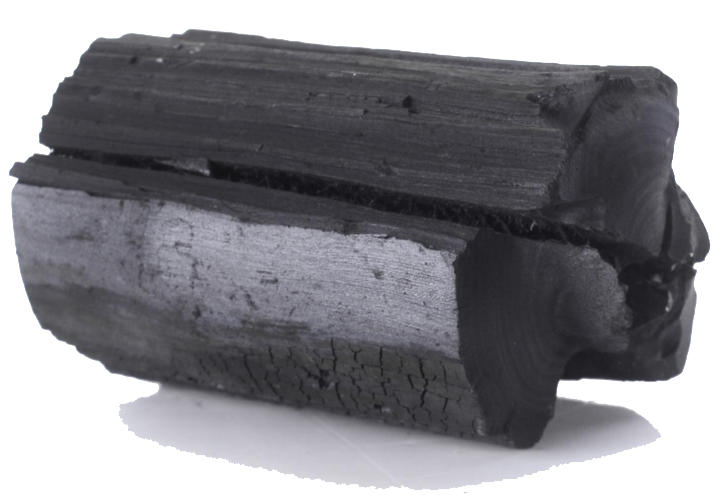
Rye Charcoal
The process of Rye charcoal manufacturing involves the production of charcoal from Rye, a type of cereal grain. While the manufacturing process is similar to other plant materials, specific considerations are necessary for Rye as the raw material.
Rye charcoal has a variety of uses, including grilling, smoking foods, and as a fuel source. It is essential to conduct Rye charcoal manufacturing responsibly, considering sustainable sourcing practices and environmental impact.
Overall, Rye charcoal manufacturing is a complex process that requires expertise and attention to detail. By adhering to the necessary steps and implementing rigorous quality control measures, manufacturers can produce high-quality Rye charcoal suitable for various applications.




